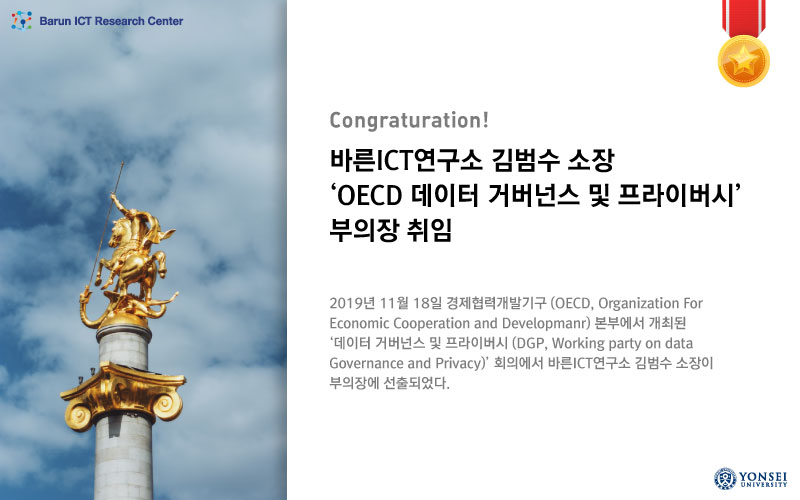[초록] 재무적 성과 측면의 높은 불확실성에도 불구하고, 기업들은 기술에 대한 투자를 지속적으로 확대하고 있다. 이는 기업들이 단기적 운영효율성의 증대는 물론 지속적 경쟁우위를 창출하고 유지하는 데 있어 기술투자를 중요하게 인식하고 있기 때문이다. 주목할 점은 개별 기업의 기술투자 전략과 그에 따른 세부적인 양상 혹은 패턴이 동일 산업 내에서도 상이한 모습을 보이고 있으며, 이러한 차이점이 궁극적인 기업성과의 차이로 이어지고 있다는 것이다. 본 연구는 이러한 기술투자를 전통적인 R&D 투자와 IT 투자로 구분하고, 두 가지 유형의 기술투자가 조합되어 만들어 내는 일종의 기술투자 패턴이 기업규모 및 공급사슬 상에서의 위치에 따라 기업성과에 어떤 영향을 미치고 있는 지에 대해 살펴보았다.
이를 위해 국내 562개 제조기업을 대상으로 수집된 데이터를 퍼지셋 질적비교분석(fsQCA: fuzzy-set Qualitative Comparative Analysis)을 통해 살펴보았다. 분석 결과, 상대적으로 기업규모가 큰 기업의 경우 세부적인 기술투자 패턴이 기업성과에 미치는 영향의 정도가 낮은 것으로 나타난 반면, 규모가 작은 기업의 경우 그 영향의 정도가 큰 것으로 나타났으며, 공급사슬 상에서의 위치에 따른 영향 역시 큰 것으로 나타났다. 이는, 기업규모가 작은 기업일수록 높은 기업성과를 얻기 위해서는 주어진 경영환경에 따라 보다 적합한 형태의 기술투자 전략이 요구된다는 것을 의미한다.
[Abstract] Despite high uncertainty of financial return, firms have continuously increased investments on technologies. This is because they recognize the potential value of technology investment in terms of enhancing operational efficiency and sustaining competitive advantage. It is worth noting that, even within an industry, an individual technology investment pattern or strategy may ultimately lead to significant differences in business performance. In this vein, we firstly categorized technology investment into traditional research and development (R&D) investment and information technology (IT) investment. Then, we examined impacts of each pattern as in combination of the two types of technology investment on business performance according to firm size and position in the supply chain through fuzzy-set Qualitative Comparative Analysis (fsQCA) using data collected from 562 manufacturing firms in Korea. As a result, bigger sized firms were less likely to be affected by the microscopic patterns in their technology investments, while smaller firms have shown to be more affected
by their technology investment patterns as well as by their positions in the supply chain. The findings imply that the smaller an enterprise, the more required adopting an appropriate technology investment strategy to achieve successful business outcomes.
이를 위해 국내 562개 제조기업을 대상으로 수집된 데이터를 퍼지셋 질적비교분석(fsQCA: fuzzy-set Qualitative Comparative Analysis)을 통해 살펴보았다. 분석 결과, 상대적으로 기업규모가 큰 기업의 경우 세부적인 기술투자 패턴이 기업성과에 미치는 영향의 정도가 낮은 것으로 나타난 반면, 규모가 작은 기업의 경우 그 영향의 정도가 큰 것으로 나타났으며, 공급사슬 상에서의 위치에 따른 영향 역시 큰 것으로 나타났다. 이는, 기업규모가 작은 기업일수록 높은 기업성과를 얻기 위해서는 주어진 경영환경에 따라 보다 적합한 형태의 기술투자 전략이 요구된다는 것을 의미한다.
[Abstract] Despite high uncertainty of financial return, firms have continuously increased investments on technologies. This is because they recognize the potential value of technology investment in terms of enhancing operational efficiency and sustaining competitive advantage. It is worth noting that, even within an industry, an individual technology investment pattern or strategy may ultimately lead to significant differences in business performance. In this vein, we firstly categorized technology investment into traditional research and development (R&D) investment and information technology (IT) investment. Then, we examined impacts of each pattern as in combination of the two types of technology investment on business performance according to firm size and position in the supply chain through fuzzy-set Qualitative Comparative Analysis (fsQCA) using data collected from 562 manufacturing firms in Korea. As a result, bigger sized firms were less likely to be affected by the microscopic patterns in their technology investments, while smaller firms have shown to be more affected
by their technology investment patterns as well as by their positions in the supply chain. The findings imply that the smaller an enterprise, the more required adopting an appropriate technology investment strategy to achieve successful business outcomes.






